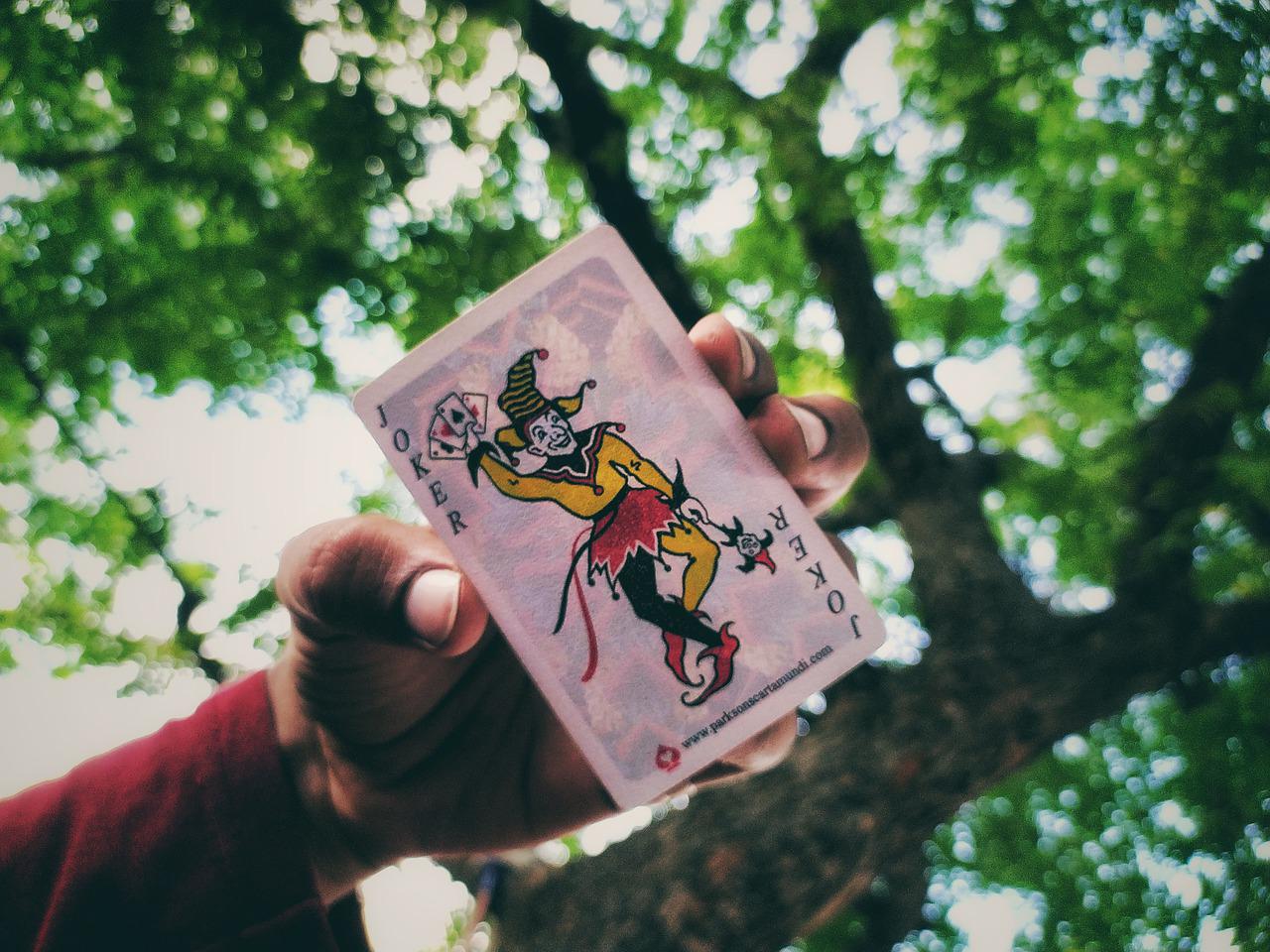There’s nothing we love more than a good laugh. And, once upon a time, advertisers would have agreed.
But it seems that as an industry, we’re growing more earnest as the years go by.
The trend started over 15 years ago, according to data from Kantar. In 2004, more than half (53%) of ads were funny or light-hearted – or at least tried to be.
But this proportion has been steadily declining, and now our ads are more serious than ever, with just 34% making any attempt at humour.

Laughing boosts recall
Leaving aside the fascinating question of why this might be so, the evidence suggests that avoiding humour in favour of heartfelt messaging might be a mistake.
There are a couple of reasons why.
First, funny is memorable.
Gurinder Bains and colleagues at Loma Linda University, California, carried out a study among 20 older people. All participants took a learning ability test to establish baseline memory. This involved recalling lists of words. Half of the participants then watched a 20-minute humorous video, and a control group sat quietly for 20 minutes. They then repeated the recall test.
Both groups improved, but the memory boost among the comedy group was almost double that achieved by the control group – 43.6% vs 20.3%.
Humour hikes performance
But humour doesn’t just boost memorability in lab settings. There’s evidence it works in the real-world too.
Avner Ziv, a psychologist at Tel Aviv University, carried out research among students taking a statistics course. For the study, published in the Journal of Experimental Education in 2014, students were split into two groups. One group was taught the course material with humour; the other heard it straight.
And the results were clear – the class who laughed scored 11% higher in their statistics exam.
It doesn’t take a huge leap of imagination to see how these findings apply to advertising. The primary goal of any advertiser is memorability: without bringing your brand to mind, your customer can’t even consider a purchase.
Smiles improve a brand's status
But there’s another reason why it pays to make them laugh: there’s a strong connection between wit and status.
In a 2017 study by T Bradford Bitterly, Alison Wood Brooks and Maurice E Schweitzer, participants were asked to write and present testimonials for a fictional travel company, VisitSwitzerland.
The group didn’t know that the first two participants to present were in fact researchers. One gave a straight testimonial, discussing the mountains and how great they are for skiing and hiking. The other added humour: “The mountains are great for skiing and hiking and the flag is a big plus!”
When asked to rate the participants, those who introduced a bit of levity were seen as 5 % more competent and 11% more confident and were rated as having a massive 37% higher status.
As a brand then, introducing a bit of wit into your ads will help your customers view you in a positive light, enhancing your status and boosting confidence.
Don't forget the core message
A word of warning though comes from a 2007 Millward Brown paper, “Should I use humour in advertising?”.
They argue that while humour builds enjoyment and involvement, it is most effective when aligned with core messaging.
Humour that is unrelated to the key message risks dominating the ad and drowning out your brand.
So, use wit wisely - and you should see a lift in both memorability and status of your brand.
But take care to stay on-message, or you could end up doing more harm than good.










